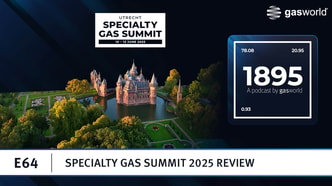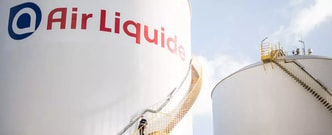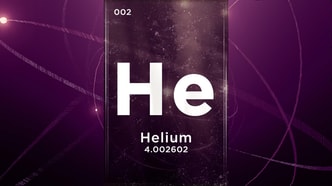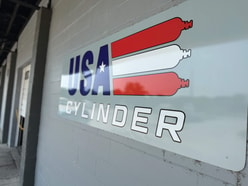Dastur Energy targets green methanol from captured CO2
Dastur Energy is working with Carbon Recycling International (CRI) among others to scale carbon capture, utilisation, and storage (CCUS) in India.
The energy company aims to produce green methanol from captured carbon dioxide (CO2), and selling green methanol at a premium.
Atanu Mukherjee, CEO, Dastur Energy, said, “You can sell it in local markets, although that will be a little more expensive currently, given the current scale of technology. But you can certainly sell to export markets in Europe where there is a significant premium for green methanol produced from carbon dioxide, which more than offsets the additional costs you incur for producing it.”
Dastur Energy is working on a number of technologies involving capture of CO2 from power plants. The CO2 is then turned into useful products, such as methanol, at an industrial scale. Among other uses, the CO2 can produce aggregates for use as building material or road laying material.
... to continue reading you must be subscribed






















